Suddenly the wine industry has become a grown up business where size matters and the big boys want to play.
The likes of Allied Domecq, Lion Nathan, Fortune Brands, Foster's and Diageo are all on the prowl for the right wine investments.
Producers with a few vines, a credible reputation and some half decent brands are coming to the attention of the global players.
At the same time the medium-sized operators in the middle ground are looking for safe havens and consolidations.
The Australians, Southcorp and Rosemount, have now joined forces, while BRL Hardy has found its access to the US through Constellation. At the same time Californian company Kendall Jackson considered its options but at the end of the day rejected a number of suitors and decided to go it alone. While the fight between Lion Nathan and Allied Domecq for the New Zealand company Montana goes on.
The Australians have earmarked the potential in the US for future growth. Currently Southcorp is the top Aussie operator in the US with its three key brands, Penfolds, Lindemans and Rosemount.
It was the Australians who cracked open the UK market and showed the French, Italians and Germans that there are other and perhaps better ways of getting consumers to drink wine. It now looks as if the Australians will be the UK's leading supplier, ahead of the French, by the end of 2002.
The latest ACNielsen figures for the 12 months to June show the value share of French wines sales in the UK at 23.2%, down from 24.7% last year. At the same time the Australians climbed from 18.4% to 19.5%.
The short term analysis puts the two countries even closer. In May and June this year the French had 21.6% (down from 22.6%) while the Australians had a 19.4% share, (up from 19.1%).
But the Australians are not sitting still which is why they have been looking towards the US. The UK sales of their wines have been in double digit growth, but they know this cannot go on forever.
In fact, Chris Carson, chief executive of BRL Hardy says recent figures showed the volume growth had slipped to 8%. He suggests this reflects the aggressive promotions and relaunches that were taking place in the trade in the first six months of last year.
So far this year the sector has not been as active so the volume figures do not compare as well, particularly as some producers have put their prices up.
"But I suspect Australian fortunes will return as the promotional activity increases in the second half of this year," says Carson.
This promotional activity will be focused on a few key brands and they are increasing their grip on the market. While the category as a whole is increasing in volume by 5%, the top brands are boosting their share of the market by 25%.
Carson says: "With a few exceptions the New World is the branded market."
In addition, the average price has continued to increase well ahead of inflation.
Two years ago the average for a bottle in the off-trade was £3.39, last year it was £3.60 and this year it is £3.68. Price inflation has been running at 8%-10% fuelled by the move to brands and New World wines, which tend to be more expensive. Wines over £5 have increased their share of the market from 10% last year to 13% this.
Matthew Clark Wines managing director John Mills says: "Over the next five years wine brands will continue to increase their market share in the UK and there will be much higher levels of advertising and marketing support. Wine is still under-advertised. A decent beer brand gets a £10m budget but major wines are still only getting £1.5m."
But Carson says there is some concern about how this marketing activity will be funded.
"If the wine industry is going to continue to grow using marketing techniques then it must be understood by the industry that the brand owners and producers need to make more money to fund the activity.
"Maybe the industry has to look at a more strategic way of developing growth rather than just using tactical activities."
It requires better margins and also a higher level of sales to support these budgets. Consumer research has shown that while the market is growing, the number of drinkers is remaining stable they are justdrinking more.
Suppliers and retailers need to attract more consumers to the category and keep the existing ones happy. They also have to continue with the deformalisation of wine drinking, offer more reasons for drinking wine and improve their services.
The smaller independent retailers and the pub trade are both under developed and have the potential for rapid growth.
Some producers and shippers will have to come to grips with supplying in smaller more manageable quantities more suited to these sectors. Only offering prices by container load is no help to them.
The smaller suppliers may have to come to terms with the fact that they are not equipped to handle the demands of the major multiples which are the big route to market.
Mills says: "Within the supermarkets none of the branded players will let up the pressure and they will be trying to increase their stranglehold. The small players will find it increasingly hard to compete for the shelf space if they have no USP (unique selling point) and do not market themselves.
"The market will polarise between brands and own label. The smaller producers must find their own niche."
As this takes place there will be less reason forthe multiples to have such large wine ranges and Mills believes the days that Sainsbury and Tesco continue to display 1,000 different wines on their shelves are numbered.
Mills is predicting growth of 4%5% for the wine market over the next five years. He suggests it will remain relatively unaffected by premium packaged spirits, the fastest growing drinks category.
The reason for this is that its main consumers are 18 to 24-year-olds and people do not tend to start drinking wine until their mid-twenties.
"We should not be hit as hard as other categories such as ciders and premium beers," says Mills.
{{Z SUPPLEMENTS }}
Close menu
- Home
- Retail & Wholesale
-
Products & Suppliers
- Back to parent navigation item
- Products & Suppliers
-
Product Categories:
- Back to parent navigation item
- Product Categories:
- Alcoholic drinks
- Bakery
- Cereals & breakfast
- Cheese
- Chicken & poultry
- Chocolate
- Confectionery
- Crisps, nuts & snacks
- Dairy
- Fish
- Fresh produce
- Frozen
- Household
- Meat
- Own Label
- Sauces & condiments
- Seasonal
- Soft drinks
- Vaping
- Vegan & plant-based
- World foods
- Suppliers
- People
- Reports & Data
-
Topics A-Z
- Back to parent navigation item
- Topics A-Z
-
Popular topics:
- Back to parent navigation item
- Popular topics:
- Cost of living crisis
- Crime
- Deposit Return Schemes
- Finance
- Government & Regulation
- Health
- Inflation
- Loyalty
- Marketing
- Mergers & Acquisitions
- New Product Development
- Sourcing
- Supply chain
- Sustainability & environment
- Technology
- Ultra Processed Foods
- Vaping
- A-Z all topics
- Content by type:
- Events
- Ask iA (beta)
- Subscribe now
Sign in to comment on this article
Not logged in before? Register for FREE guest access today.
You will be able to:
- Read more stories
- Receive daily newsletters
- Comment on stories
Advert
Related articles
-
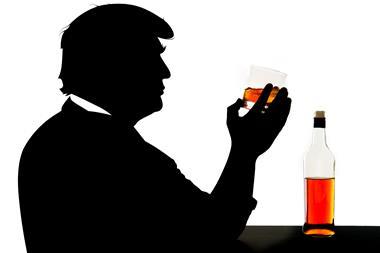
-
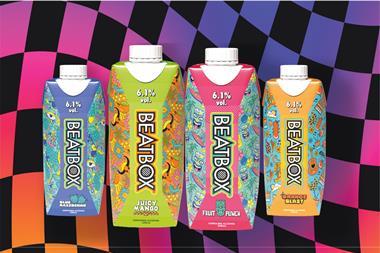
-
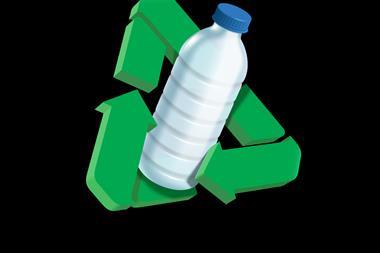
Delivering DRS in 2027: How to get ahead and stay ahead
Paid for and in partnership with Coca-Cola Europacific Partners and Tomra
-
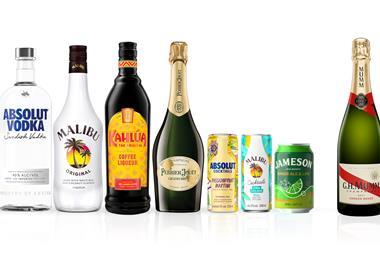

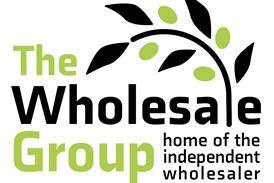
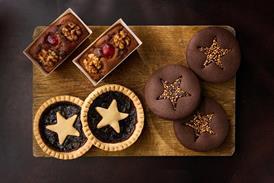
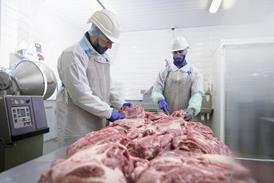
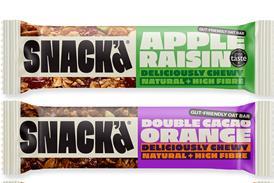
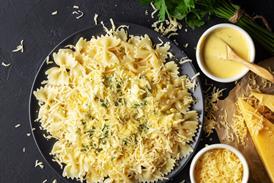
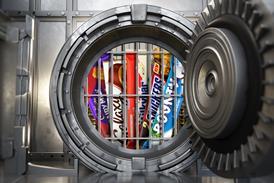


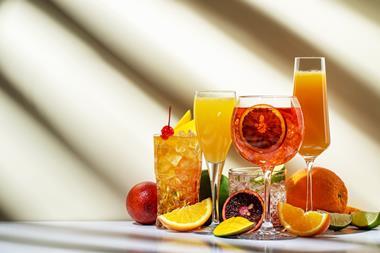
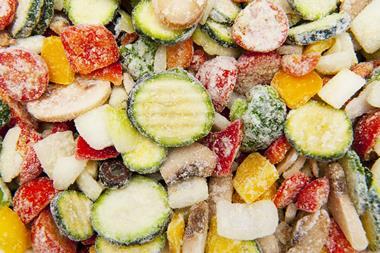

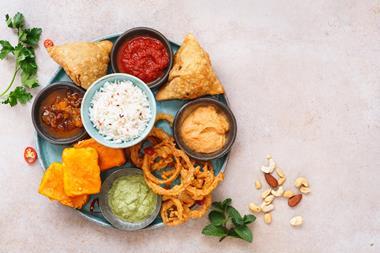
No comments yet